Ultimate Chess Game Analysis Tutorial [cheatsheet enclosed]
![Ultimate Chess Game Analysis Tutorial [cheatsheet enclosed]](https://thechessworld.com/wp-content/uploads/2017/08/1ultimate-game-analysis.webp)
Probably one of the most important steps in improving your chess is the self-criticism. It is essential that you are fair with yourself and admit that every game you play might contain errors that have to be eliminated from your play, regardless of the result of the game. One way (and very efficient, too) to find those mistakes you still make is to analyze your own games and draw the necessary conclusions. When our students ask us what they should do in order to get better at chess, this is one of the first things we suggest them to do. Every strong player keeps track of their games, so why shouldn’t you start doing it as well?
How should you start doing this?
Follow these simple steps and you will soon have a useful database to consult whenever you feel it is necessary.
Step 1. Create your database
A database is where you save and analyze all your games.
One of the programs that can be used for creating and modifying chess databases is ChessBase. It comes with many useful tools to help chess players and here you can start by creating the database of your own games where you will keep adding them one by one. You can do this by selecting File -> New -> Database.
Here is what it looks like in Chessbase 13:
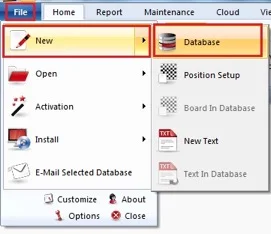
Now you will have to choose a location for the database, name it (for example “My Games”) and choose an extension – we recommend that you keep the extension “Database (.cbh)”.
After this step, the icon should appear in the main window of your Chessbase. You can further personalize it by right clicking on the symbol, selecting “Properties” and then “My games” from the list provided. Click “OK” and you have your own games database!
Step 2. Make a habit out of introducing your games into the database and annotating them right after the round
This is important since you have all the ideas you had during the game still fresh and you can write them down for future revision. When saving the game in the database, write down the plans or ideas you had in mind while playing and save the variations you have calculated.
Don’t turn the engine on just yet; leave this for later, when you will analyze the game in depth and draw conclusions. Sometimes it’s better not to “ask” the engine where you went wrong during the tournament. They never fail in finding the tactical resources in the position and suddenly seeing a high score in a position you considered equal during the game might affect your moral for the future games.
Do this once the tournament is over and you are back to studying. What could prove useful though during the tournament is checking your play in the opening phase.
Look at a few games by strong players to see the ideas they employed, especially if you didn’t get a good middlegame. You could also briefly check the theory, just to be prepared to meet it in the correct way in case another opponent will repeat it against you during the same tournament.
Step 3. Analyze your games in depth
Once the tournament is over and you can retake your study routine, start playing through the games with fresh eyes and check what you have annotated in the previous step. First try to do it without a computer and with the chess board, exactly as if you were going to sit down for study.
Opening
Start with the opening; if you didn’t get out of it well, do a thorough check of your lines.
Look for novelties and see if it’s necessary to update or improve your variations. If you were faced an opening you didn’t know, add it to the list of openings you must include in your repertoire database and start investigating it once you’ve finished analyzing your games.
Middlegame
Moving on to the middlegame, find the critical moments of the game and look again if you have taken the right decision. A critical moment is when you have to take a big decision, one that usually influences the way the advantage goes. Most of the times it is right after the opening when it is time to make a plan and decide the direction of the game. It can also be a moment when you miss a decisive blow or fail to see your opponent’s threats.
Train yourself to find such moments and during the game, you will be able to “feel” when you need to spend some more time in order to search for a better move.
Take another look at the lines you calculated and see if it was all correct or they contain flaws. Spend more time especially on the critical moments you have identified before. After the game, a player usually knows at what moment he/she went wrong or when he/she started losing the advantage. That is where you have to start looking for an improvement and put down the move or variation you have come up with.
Step 4 – Turn the engine on
After all this, it is time for the cruel reality!
Go through the game and your own analysis with the engine on and see what you could have improved and if there’s any tactical idea you’ve missed. When the computer suggests a better continuation (that is not tactics), follow the line and understand the idea behind it. See what plan it finds and why it works better from a strategic point of view.
Step 5 – Draw conclusions
After you have finished analyzing, see where you’ve gone wrong and conclude what is it that you have to improve. If you have gotten a bad position right after the opening, check the theory, the newest games played in that particular line and update your opening database. If you notice that there are moves you haven’t considered during the game or that you have miscalculated something, then you should work on calculation and selecting the candidate moves.
If you’ve missed tactical ideas, increase the time spent on solving puzzles. If there is some strategic element you don’t master well, gather more information on it and see more games played by strong players.
Here is an example of a commented game in its final form:
Insert Castellanos-Tomescu.pgn
To sum things up…
In conclusion, there are a few interesting lines in the opening to be investigated and looked further into for future games. I failed to find the suitable plan from the beginning and made a few waiting moves, but in the end, I managed to get the right set-up – something that can be useful for the next games.
Also, I missed a few ideas for my opponent during the game, so I should focus on improving my calculation skills for finding the rival’s best answers.
We hope that this short tutorial will help you create your own database of commented games and you will be able to identify your weaknesses and keep improving. Thank you for reading and feel free to ask us questions if you have any doubts.
Good luck!
Here is the complete game analysis Cheat Sheet. Save it for your reference!
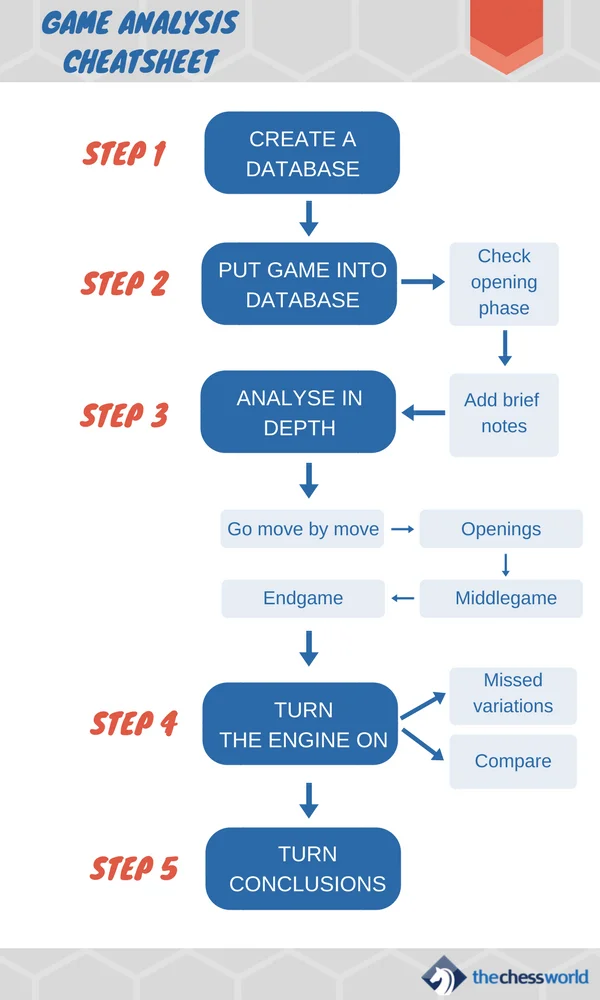



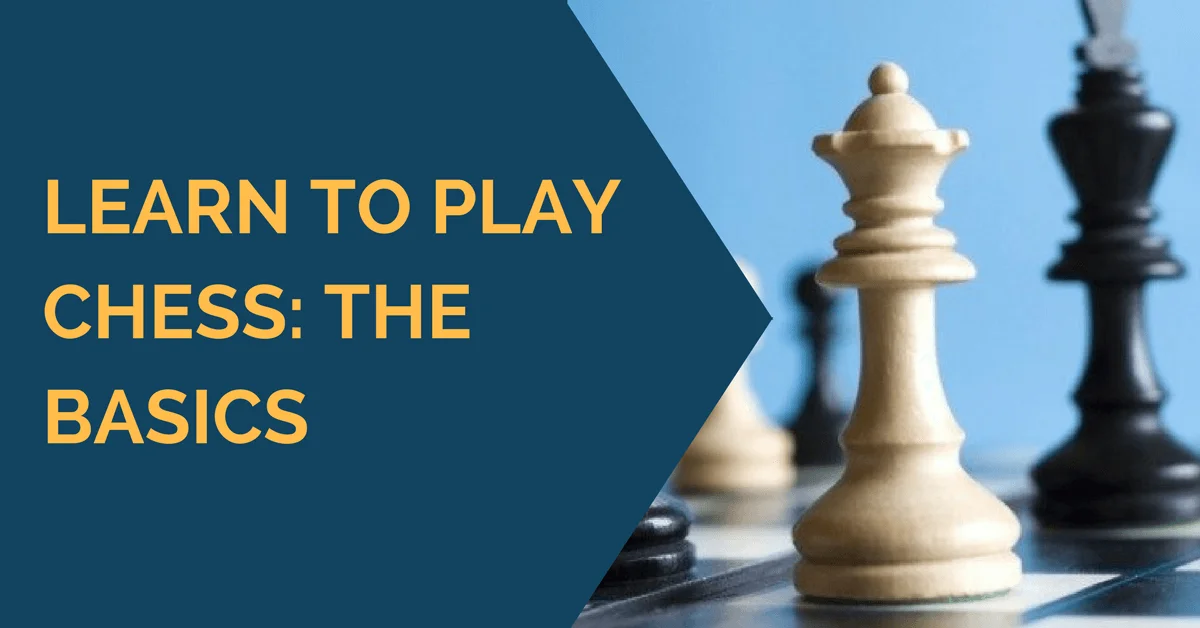
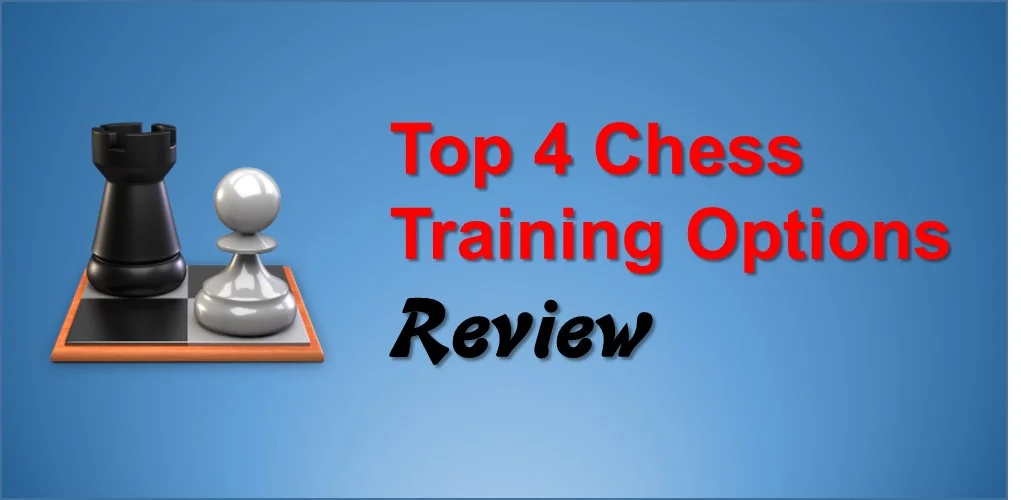
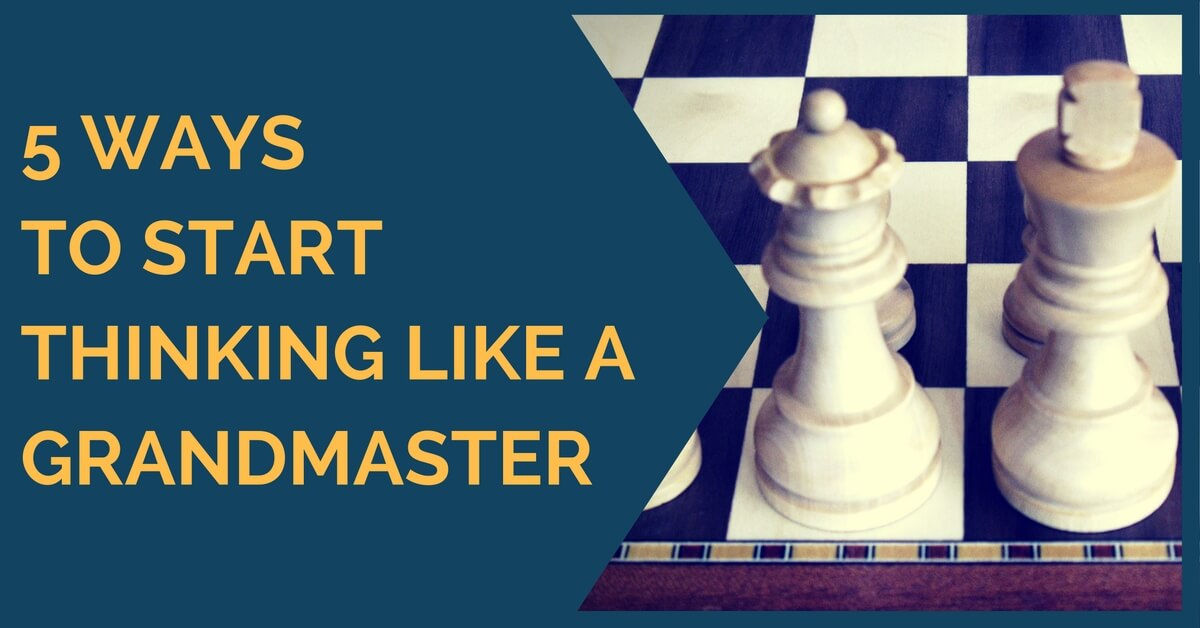




Comments: